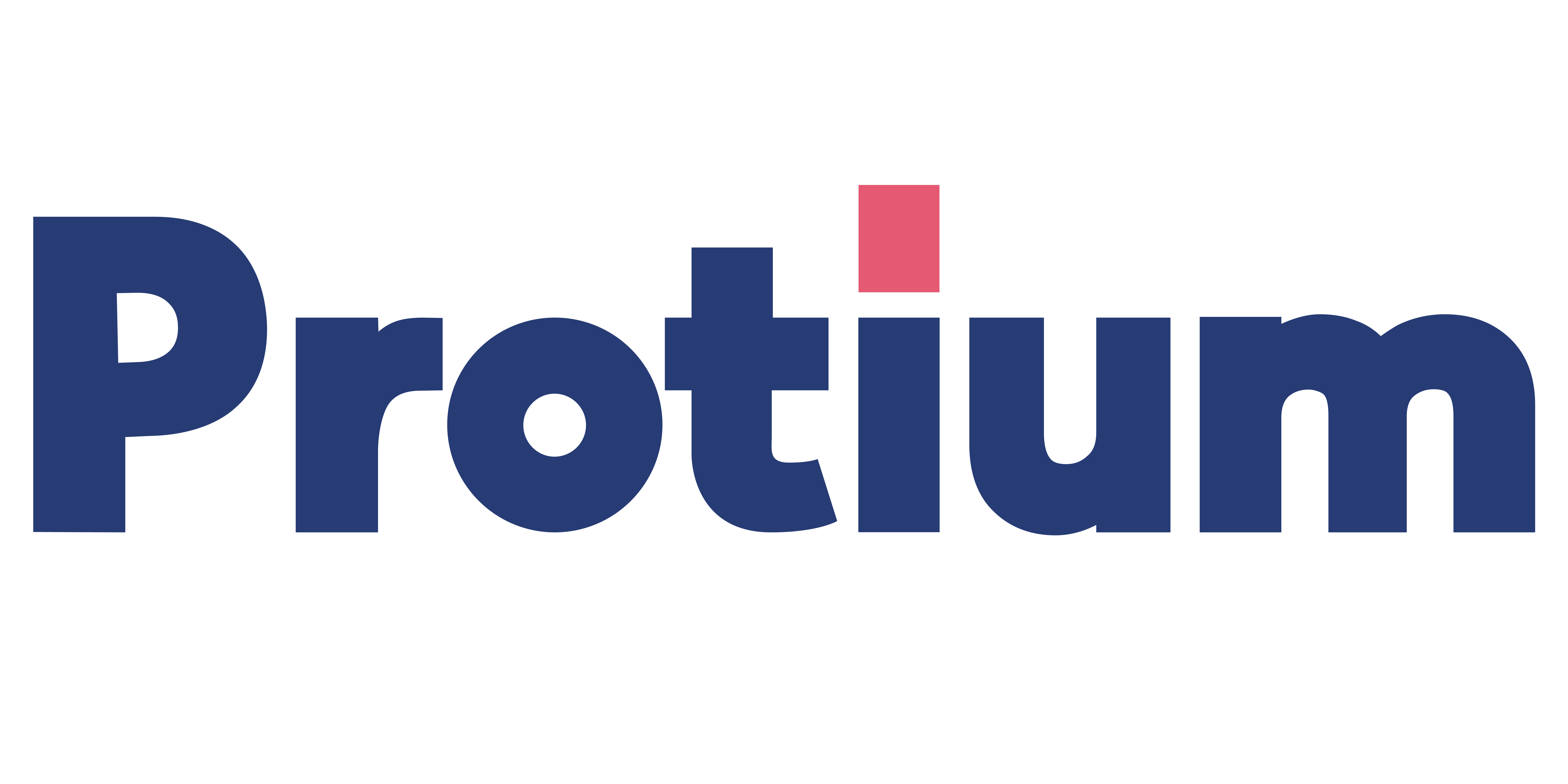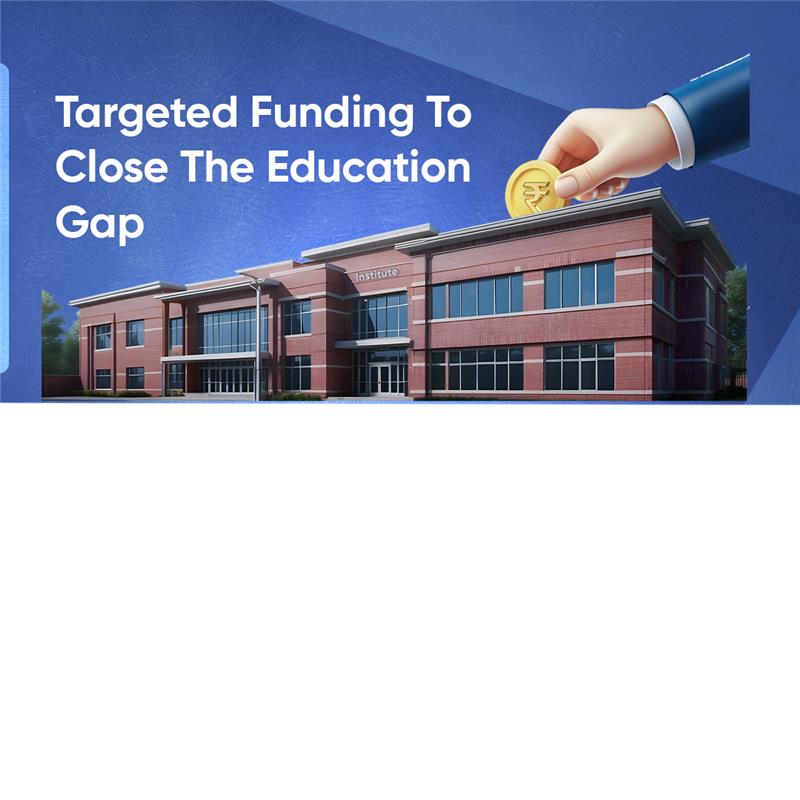Targeted Funding to Close the Education Gap
- Teachers in Tier-2 and Tier-3 cities carry the dual responsibility of educating students and strengthening institutions, often while working in under-resourced environments.
- India’s schools and colleges face major infrastructure gaps—over 1.5 lakh schools lack electricity, less than 60% have computers or internet access, and colleges struggle with vacant faculty posts, weak research capacity, and limited digital libraries.
- These shortcomings directly affect student outcomes: overcrowded classrooms, inadequate labs, and lack of industry linkages reduce employability and limit the ability of graduates to meet modern workforce demands.
- Targeted financial support can bridge these gaps—Protium’s Education Institutional Finance offers flexible loans that enable schools and colleges to expand classrooms, upgrade facilities, and adopt digital learning tools.
Teachers in India remain the backbone of education, often carrying the responsibility of being primary educators even in under-resourced settings. Their role extends beyond imparting academic knowledge—they adapt to digital platforms, focus on building essential skills in local talent, and help strengthen institutions despite persistent challenges such as faculty shortages and inadequate facilities. Yet, their efforts unfold within the backdrop of an enormous education system that still faces structural gaps. India has over 14.9 lakh schools, more than 1,100 universities, and around 43,000 colleges, but a significant share of these—particularly in Tier-2 and Tier-3 cities—continue to lack the infrastructure needed to deliver quality education.
For instance, up to 1.52 lakh schools have no functional electricity1. And while more than 90% of schools do report access to basic amenities, the picture changes when it comes to digital tools and specialized facilities. Only 57.2% of schools have functional computers, and just 53.9% are connected to the internet, limiting opportunities for digital learning. Infrastructure for inclusivity is also inadequate—barely 52.35% of schools have ramps, restricting access for differently-abled students2.

The status of colleges is similar. For instance, roughly 40% of faculty posts at State Public Universities (SPUs) are vacant. Furthermore, only 10% of these have well-equipped research facilities, and just 32% have fully functional digital libraries. More than 60% lack adequate hostel and accommodation capacity, limiting access for students from rural areas. Fewer than 25% maintain active industry partnerships for research or employability training, while funding delays and public spending below the 6%-of-GDP benchmark weaken research and hiring3.

These gaps are not confined to public institutions alone; they reflect broader challenges faced by both government and private schools and colleges. The data highlights that many institutions remain far from being fully prepared for a technology-driven future. Bridging this gap requires investment in modern classrooms, digital infrastructure, and accessible facilities. Without these, the promise of equitable and future-ready education will remain unfulfilled, especially in smaller towns where the gaps are most visible.
These shortfalls can be addressed through targeted funding. This blog explores how institutions in Tier-2 and Tier-3 cities can be empowered to become true engines of talent and innovation.
However, before examining solutions, it is important to understand the realities that educators and institutions contend with.
Challenges Faced by Educators and Institutions
Infrastructure Gap
A central challenge for schools and colleges in Tier-2 and Tier-3 cities is the lack of modern infrastructure. While teachers continue to dedicate themselves to students, their efforts are limited without the right facilities. Many institutions operate in outdated buildings with inadequate classrooms, insufficient laboratories, and minimal access to digital technology. In today’s education system, digital classrooms, science and computer labs, and libraries are no longer optional—they are essential for preparing students for higher education and future employment.
The shortage of classrooms becomes particularly pressing as schools expand to offer higher grades or more diverse courses. Without additional space, student intake is capped, forcing many institutions to turn away aspiring learners. Physical infrastructure extends beyond classrooms—sports grounds, libraries, and safe transport facilities all contribute to a holistic educational experience.
A case in point comes from a Protium-supported school, Yashasri, which was able to add four new school buses through institutional financing. This not only improved accessibility for students in surrounding areas but also increased enrollment by making education physically reachable for families who previously lacked reliable transport options. Over time, the school grew from just 54 students to 1,120 students, while the number of trained teaching staff expanded from 8 to 28. Academic offerings also strengthened, with classes extending from Grade 7 up to Grade 10. With transport facilities increasing from zero to four buses, Yashasri’s journey shows how targeted funding can directly transform both access and quality, making a lasting impact on education in smaller cities.
Skill Development Challenge
Beyond infrastructure, an equally pressing concern is the shortage of effective skill development opportunities. Graduate unemployment remains significantly higher than the national average, not because of a lack of degrees, but because of a mismatch between classroom learning and industry requirements. The gap between academic curricula and practical, job-ready skills leaves many students underprepared for the workplace.
Many institutions in Tier-2 and Tier-3 regions struggle to provide exposure to skill development due to resource constraints. As a result, students graduate with degrees but lack the competencies that employers seek. This not only limits their job opportunities but also hinders the growth of local industries that need skilled manpower.
Despite these limitations, numerous educators are striving to bridge the gap. Teachers often incorporate additional skill-development activities into their lessons, encourage entrepreneurial thinking, or use online resources to expose students to global standards. These efforts, while commendable, are not enough on their own. Without adequate funding to upgrade facilities and align curricula with industry needs, the skill development challenge will persist.
Protium’s Education Institutional Finance as the Solution
Bridging these gaps requires targeted financial support. Protium’s Educational Institution Loan has been designed specifically to address the needs of young and growing institutions in Tier-2 and Tier-3 cities. By offering structured funding, it enables schools and colleges to invest in infrastructure, technology, and student-centric facilities that create long-term value.
Features of Protium’s EDI Loans
Protium’s Educational Institution (EDI) loans provide institutions with:
- Flexible financing options that can be customized to the unique requirements of each school or college.
- Competitive interest rates that make borrowing viable for institutions operating in smaller cities.
- Customized repayment cycles enable management to strike a balance between growth and financial stability.
- Support for diverse needs, from building new classrooms and laboratories to purchasing buses, upgrading IT infrastructure, or expanding libraries.
These features ensure that institutions are not limited by a lack of funds and can focus on delivering quality education.
The story of Divine Omega School in Rajasthan illustrates how Protium’s support can transform an institution.
Mrs. Mahariya began her teaching journey from her home, accommodating just 70 children. As enrollment grew to 200, space constraints forced her to look for a long-term solution. With the help of a ₹70 lakh loan from Protium, she built a dedicated single-storey school building—creating a formal learning environment for the first time.
As demand grew further, she sought a ₹60 lakh top-up loan, which allowed the school to expand to a second floor, extend classes up to Grade 5, and create multiple divisions for each grade. This expansion led to a 59.6% increase in student capacity, a 54% rise in teaching staff, and a 233% increase in non-teaching staff.
To keep pace with expectations of modern learning, Mrs. Mahariya once again turned to Protium. A ₹50 lakh top-up loan was approved to finance a third floor and introduce smart classrooms powered by digital tools. With a healthy repayment history and a clear growth plan, the school was able to scale responsibly while enhancing student experience.
Other institutions across Tier-2 and Tier-3 cities can benefit in similar ways. The future of India’s emerging talent depends on how effectively schools and colleges are equipped to nurture students. Teachers continue to inspire and guide, but their efforts must be reinforced by strong infrastructure, modern technology, and inclusive facilities. Smaller-city institutions, in particular, hold the key to expanding access to quality education and preparing the next generation for a competitive, technology-driven world.
By investing in the right educational tools and infrastructure, these institutions can evolve into vibrant centers of learning and innovation. Protium’s Educational Institution loan provides the financial foundation for this transformation, empowering schools and colleges to expand responsibly, upgrade facilities, and create an environment where both students and educators thrive.
Schools and colleges seeking to modernize, grow, and better serve their communities are invited to explore how Protium’s Educational Institution loan can help them build the institutions of tomorrow.

